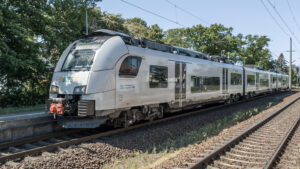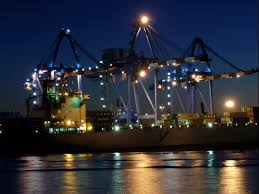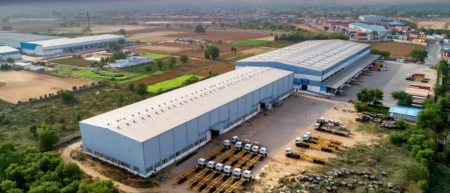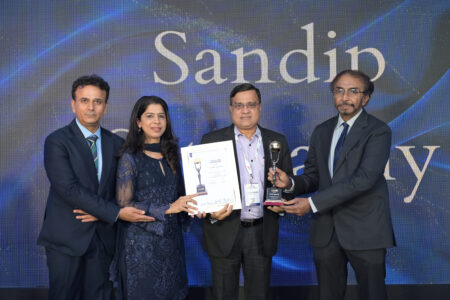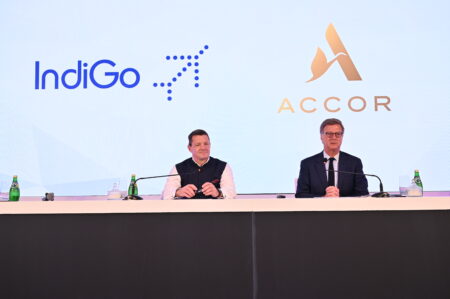The India-Middle East-Europe Economic Corridor (IMEC) promises to transform global trade by enhancing connectivity, reducing logistics costs, and improving infrastructure across continents, creating a resilient supply chain network while promoting sustainable development and digital integration.
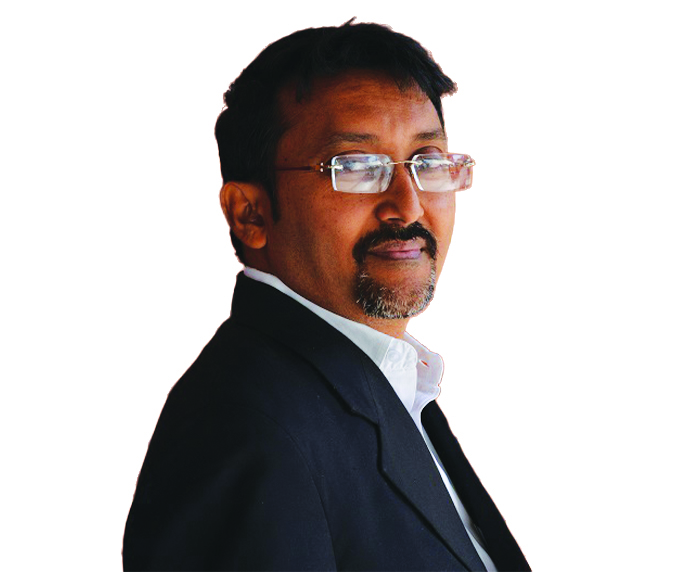
IMEC redefines global trade, linking continents with speed, sustainability, and innovation
During a summit on April 16 in New Delhi, Union Minister Shri Piyush Goyal emphasised the India-Middle East-Europe Economic Corridor (IMEC), which aims to reduce logistics costs by up to 30% and transportation time by 40%. Launched at the G20 Summit in September 2023, IMEC seeks to enhance trade, improve infrastructure, and foster sustainable development, positioning itself as a strategic alternative to China’s Belt and Road Initiative by creating seamless linkages across continents
Strategic trade routes
The IMEC includes two primary routes: an Eastern Corridor connecting India to the Arabian Gulf and a Northern Corridor linking the Gulf to Europe. The initiative involves India, the US, Saudi Arabia, the UAE, France, Germany, Italy, and the EU. Inspired by the historic “Golden Road”, it aims to enhance economic integration and cultural exchange.
Geopolitical significance
IMEC carries substantial geopolitical weight, as it is a collective effort to diversify global trade routes. By promoting collaboration among major economies, the corridor is set to reshape economic alliances, strengthen supply chains, and encourage sustainable regional development across Asia, the Middle East, and Europe.
India-UAE cooperation
In February 2024, India and the UAE signed an agreement to fast-track IMEC, focusing on infrastructure and digital platforms. By March 2025, they advanced initiatives like the Virtual Trade Corridor (VTC) and MAITRI for paperless transactions. In April 2025, India and Italy reaffirmed their commitment to IMEC during talks in New Delhi.
Expanding port infrastructure
India is set to commence construction of the ₹65,000 crore Vadhavan Port in Maharashtra, a critical asset for IMEC with a natural draft of 20 metres to handle large vessels. Kandla and Mundra ports will also act as key Indian origin points. Israel’s Haifa Port will serve as the Mediterranean gateway, with a 300-kilometre rail line planned between Amman and Haifa to enhance overland cargo movement.
Digitalization of trade
A cornerstone of IMEC is the digitalisation of cargo movement. India and the UAE are developing an integrated digital platform to harmonise shipping processes across ports like Mundra, Kandla, Nhava Sheva, Jebel Ali, and Fujairah. The MAITRI platform, launched in September 2024, aims to connect India’s NLP-M, ICEGATE, and ULIP with UAE systems, facilitating seamless documentation. Complemented by the VTC, the initiative ensures real-time data exchange, strengthening the $85 billion India-UAE trade relationship.
Future roadmap
Accelerating infrastructure projects, expanding multimodal logistics networks, and fostering renewable energy use at ports will be crucial for IMEC’s success. Establishing economic zones along the corridor, promoting climate-smart infrastructure, and reducing dependency on traditional Asian routes will help India and its partners mitigate future global supply chain disruptions.
The above article is written by Rajesh Menon, a maritime expert, sharing insights on the India-Middle East-Europe Economic Corridor (IMEC).

